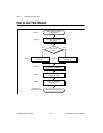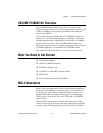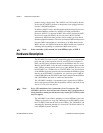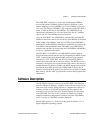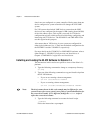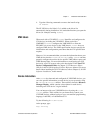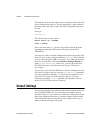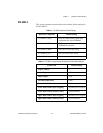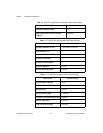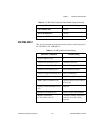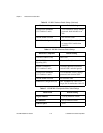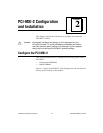
Chapter 1 Introduction and Quick Start
©
National Instruments Corporation 1-9 VXI/VME-PCI8022 for Solaris
4. Type the following command to remove the install script:
rm INSTALL
The NI-VXI driver for Solaris 2.x is added to the driver list
automatically during installation. It is loaded the first time you open the
driver (for example, running
resman).
VME Users
When used with a VXI-MXI-2, resman identifies and configures the
VXI devices, including the VXI-MXI-2. When used with a
VME-MXI-2,
resman configures the VME-MXI-2 to allow the
PCI-MXI-2 to access devices in the VME chassis.
resman does not
configure VME devices. The VME specification does not specify the
initialization and configuration procedures that the VXI specification
requires.
However, it is recommended that you enter the information about your
VME devices into the
vxiedit or vxitedit utility. resman can then
properly configure the various device-specific VME address spaces and
VME interrupt lines. For more information on configuring non-VXI
devices in your VXI system, refer to the description of the Non-VXI
Device Configuration Editor in Chapter 3, VXI Resource Editor:
VXIedit, in the NI-VXI Graphical Utilities Reference Manual. For more
details about installing the NI-VXI software, refer to Chapter 5, NI-VXI
Software Installation, in this manual.
Device Interaction
After resman has detected and configured all VXI/VME devices, you
can view specific information on each device in your system by using
the
vxiedit or vxitedit utilities. These utilities include a Resource
Manager Display, which contains a description for each device,
including each VXI device’s logical address.
You can interact with your VXI/VME devices by using the
vic or
victext utilities. These utilities let you interactively control your
VXI/VME devices without having to use a conventional programming
language, LabVIEW, or LabWindows/CVI.
Try the following in
vic or victext:
At the prompt, type:
help vxiinreg




